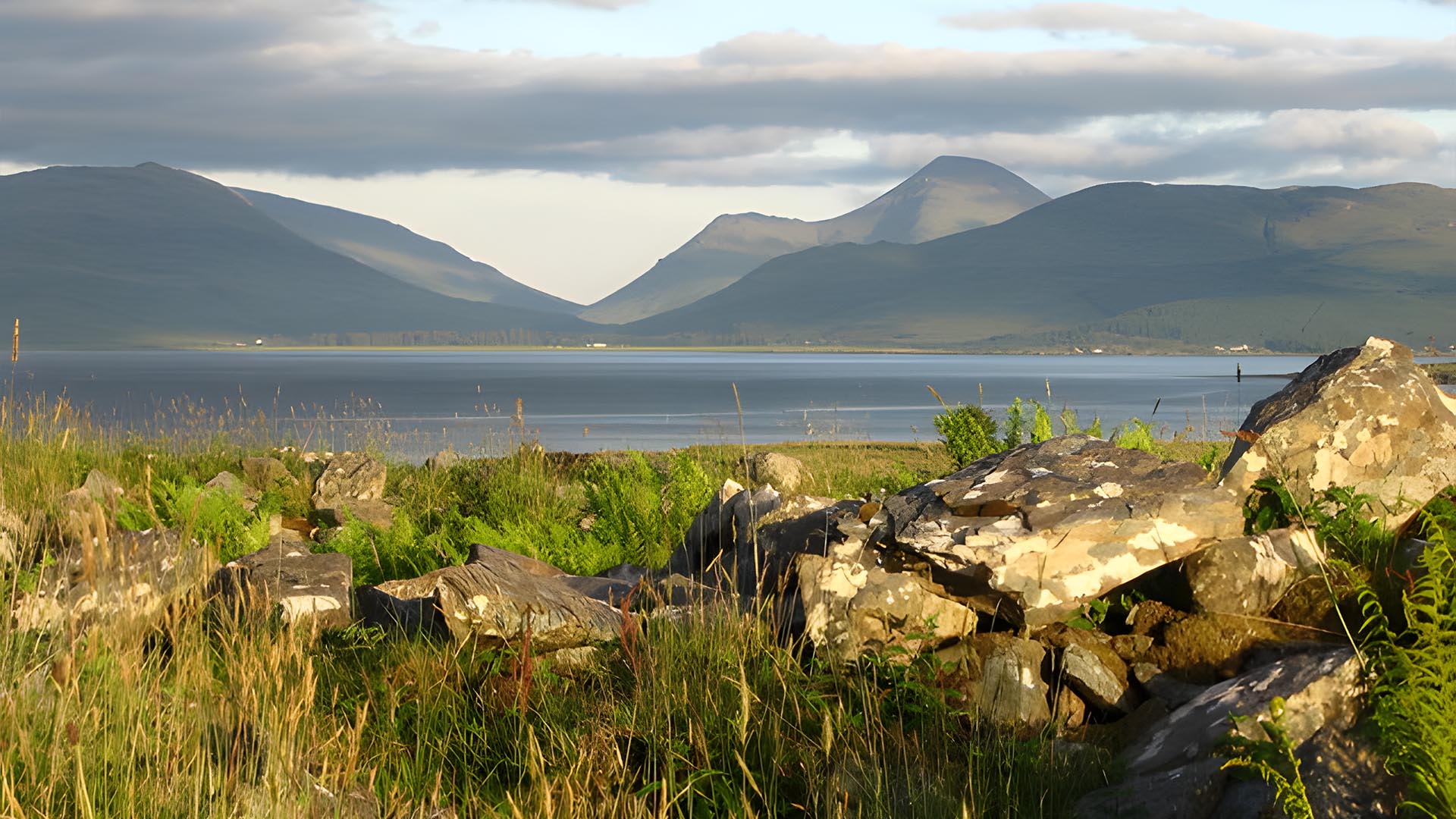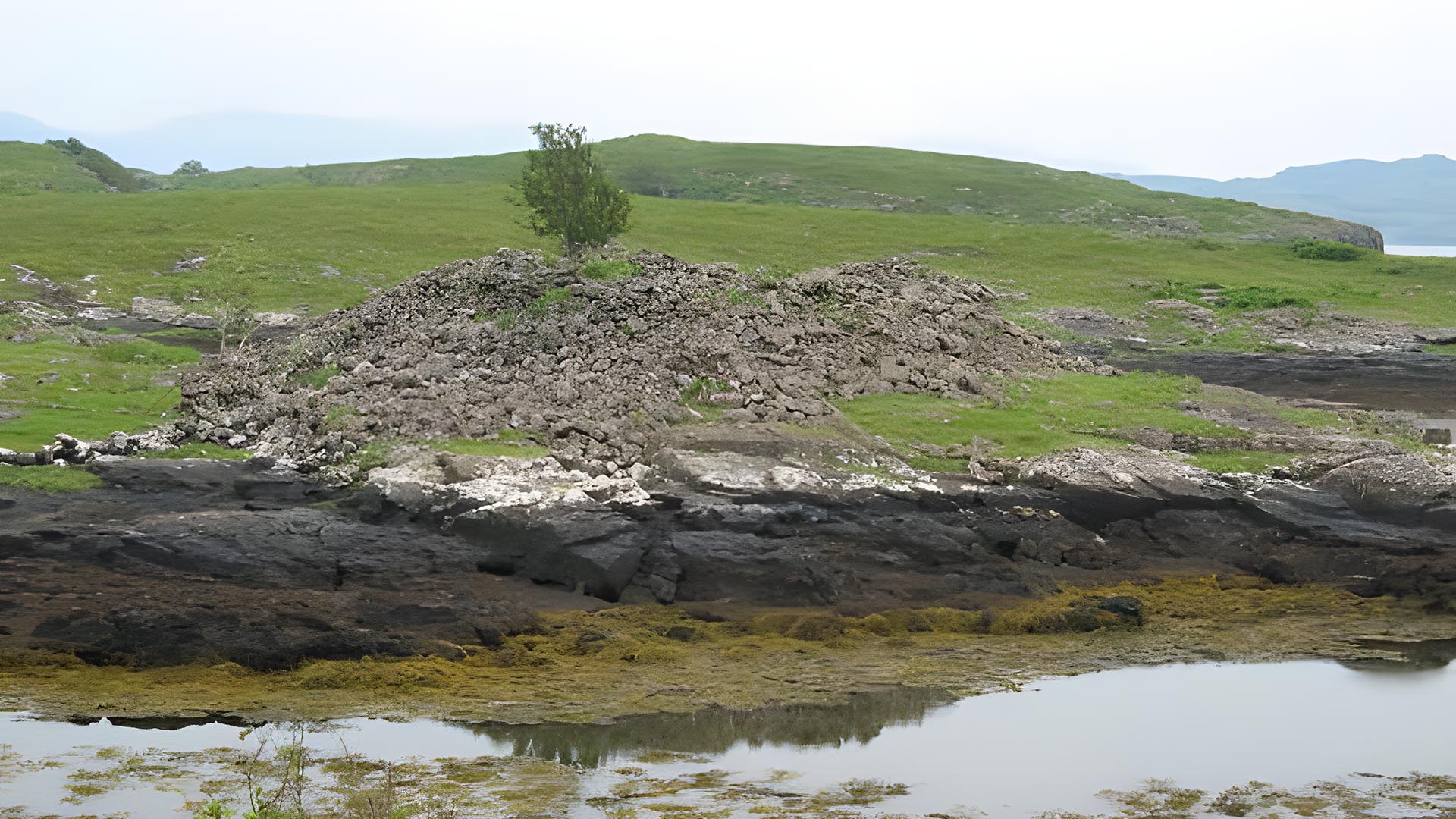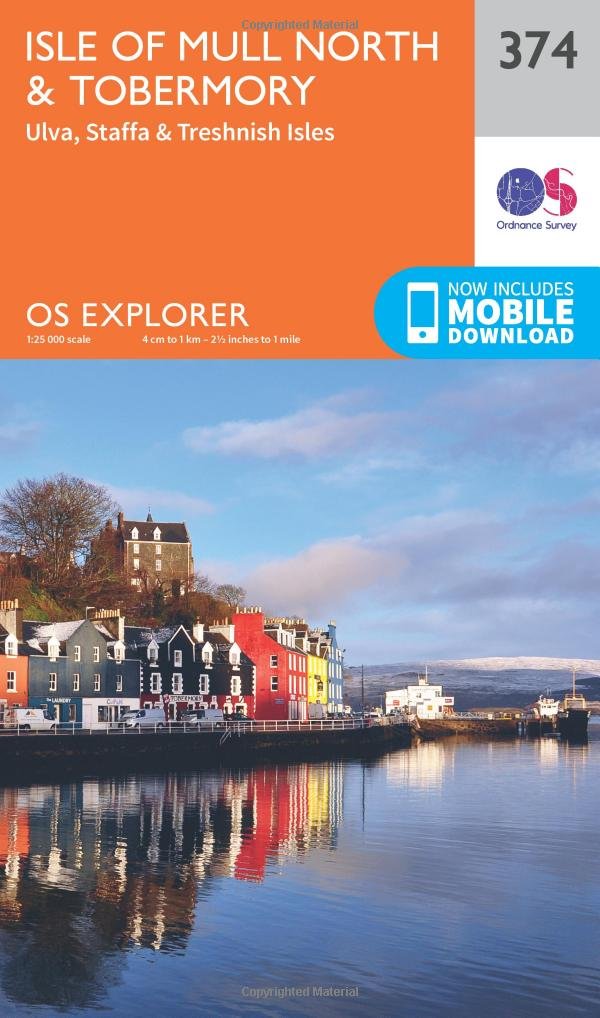Ready for an adventure into Scotland’s ancient past? The Isle of Mull, a gem in the Inner Hebrides, is not just about stunning landscapes and wildlife; it’s also home to two incredible Iron Age mysteries: its very own brochs! These unique drystone towers, found exclusively in Scotland, offer a fascinating glimpse into the lives of people who called this rugged land home over 2,000 years ago.
Forget your typical castles; brochs are something else entirely. Imagine towering, circular stone structures, built without mortar, with walls so thick they often contained hidden passages and stairways. While their exact purpose is still debated by archaeologists, it’s widely believed they were more than just defensive forts. Think of them as high-status homes for important families, community hubs, or even powerful symbols of wealth and land ownership. They were truly marvels of ancient engineering, designed to be both resilient and impressive.
On Mull, you have the unique opportunity to explore two of these enigmatic structures: An Sean Chaistel and Dun nan Gall. Both are protected as Scheduled Monuments, highlighting their national importance and ensuring they remain for future generations to ponder.
An Sean Chaistel: The Old Castle’s Whisper
Our first stop is An Sean Chaistel, often referred to as “The Old Castle.” Tucked away near Ardnacross farmhouse, this broch stands proudly on the edge of a rocky cliff, offering breathtaking views over the sparkling Sound of Mull.
While time has taken its toll, reducing much of the original tower to a circular mound of stones about 2 meters high, you can still clearly make out its impressive circular footprint. Imagine walls at least 4 meters thick, enclosing a central courtyard that would have been a bustling hub of Iron Age life. You can even spot the remnants of its single entrance, now choked with debris, and hints of the internal structures that once made up its complex design. To the north, a scatter of stones suggests a defensive outwork, perhaps an outer wall, providing extra protection to the entrance.
Visiting An Sean Chaistel is a journey back in time. The walk from Ardnacross farmhouse is relatively short, though be prepared for potentially boggy ground – a small price to pay for stepping into history! The panoramic views alone are worth the trip, allowing you to appreciate why these ancient builders chose such a commanding, if not purely defensive, location.

Ken Craig / An Sean Chaisteal (ruined broch)
Dun nan Gall: The Fortress of the Foreigners
Next, we head to Dun nan Gall, a broch that offers a slightly different, yet equally captivating, experience. Located west-northwest of Kilbrennan Farm, this broch sits on a low coastal knoll, easily visible from the B8073 road.
What makes Dun nan Gall particularly special is its comparatively good state of preservation. You can trace almost the entire circuit of its inner and outer walls, which still stand up to 1.2 meters high in places. As you explore, you’ll notice fascinating details like the entrance on the east side, complete with door checks and even visible bar-holes that once secured a massive wooden draw-beam. Look closely, and you might even spot the internal ledge and the passage leading to a stair within the wall’s thickness – a true testament to the ingenuity of its builders.
But perhaps the most intriguing aspect of Dun nan Gall is its name, which translates to “fortress of the foreigners.” This unique name sparks the imagination, hinting at a rich history of migration, trade, or perhaps even the arrival of new, powerful groups on Mull during the Iron Age. Despite its classification as a fortification, its low elevation suggests it wasn’t solely about defense. Instead, its location near fertile land, a freshwater stream, and the sea would have made it an ideal spot for fishing, trade, and agriculture – a true hub of ancient life.
Accessing Dun nan Gall is a short walk from Croig Farmhouse, and it’s easily spotted from the B8073 road. Be prepared for a wooden fence crossing, and then immerse yourself in the spectacular views across Ballygown Bay.

John Allan / Dun nan Gall
Why Visit Mull’s Brochs?
These two brochs, though different in their current states, offer a profound connection to Scotland’s Iron Age past. They are more than just piles of old stones; they are echoes of a sophisticated society, master builders who shaped their world with incredible skill.
Visiting them allows you to:
- Step Back in Time: Imagine the daily lives of the Iron Age communities who lived within these walls, farming, trading, and perhaps even holding grand feasts.
- Marvel at Ancient Engineering: Appreciate the sheer scale and complexity of these drystone structures, built without modern tools or mortar.
- Enjoy Stunning Scenery: Both brochs are set in breathtaking coastal locations, offering incredible views that make the journey worthwhile, regardless of your archaeological interest.
- Unravel a Mystery: Ponder the true purpose of these enigmatic towers. Were they forts, stately homes, or something more? The mystery is part of the allure!
Tips for Your Visit:
- Footwear: Wear sturdy, waterproof footwear, as the ground can be boggy, especially near An Sean Chaistel.
- Parking: If driving to An Sean Chaistel, be considerate when parking at Ardnacross Farm.
- Respect the Sites: These are ancient monuments. Please tread lightly, leave no trace, and help preserve them for future generations.
- Maps: A good map or GPS will help you find these hidden gems.
The Isle of Mull’s brochs are a testament to the enduring spirit and ingenuity of its earliest inhabitants. They are not as grand as some of the more famous brochs elsewhere in Scotland, but their very presence on Mull, a place where such structures are rare, makes them all the more special. So, next time you’re planning a trip to Mull, make sure to add these fascinating Iron Age relics to your itinerary. You won’t be disappointed!
Glimpse white-tailed sea eagles skimming the waves off Tobermory and wander one of Scotland’s most beautiful and tranquil beaches at Calgary Bay. Explore the Isle of Mull and nearby Ulva, Staffa – home to the famous Fingal’s Cave – and the seabird haven of the Treshnish Isles.

